What heat reflective paint refers to, and how does it function?
Often named as thermal reflective paint, hear reflective paint is a kind of coating built to allow the reflection of a significant part of solar radiation, which enables the decrease of heat amount absorbed by a surface. Special pigments that reflect infrared light are contained by this kind of paint. In the meantime, the seeable light spectrum is allowed to pass by. Therefore, power consumption can be decreased by reducing the AC costs.
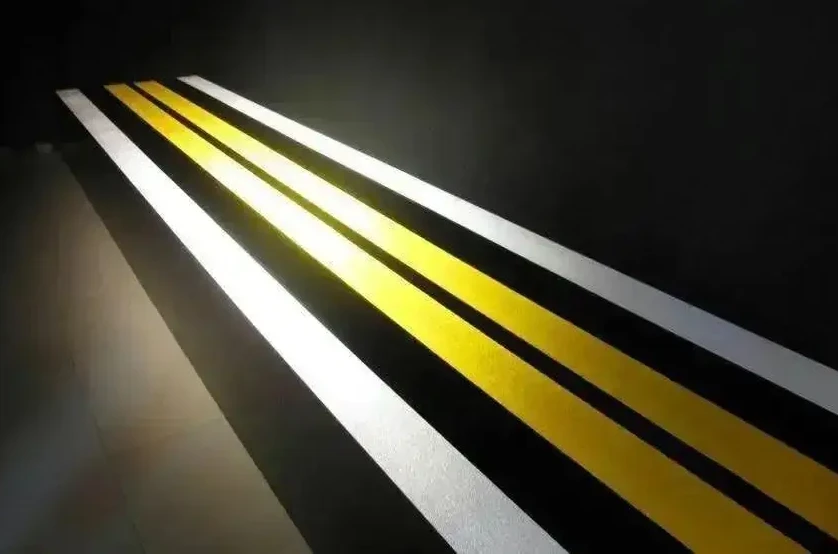
How Heat Reflective Paint Functions?
Reflective pigments, a key component of heat reflective paint, are made from materials, such as titanium dioxide or special ceramic substances. These special pigments are highly reflective in IR spectrum where a large amount of the hear power of the sun is accumulated. The paint reduces heat absorption through the reflection of IR radiation. What’s more, some kinds of reflective paints emit high heat, which means the fast radiation of the heat absorbed by the surface can be achieved, enabling the further reduction of heat volume transformed to buildings. Last but not at least, the reduction of the load on cooling systems helps save substantial energy through the use of heat reflective paint. The thermal pressure that results in cracking and other damages can be reduced, which enables the longer lifespan of building materials.
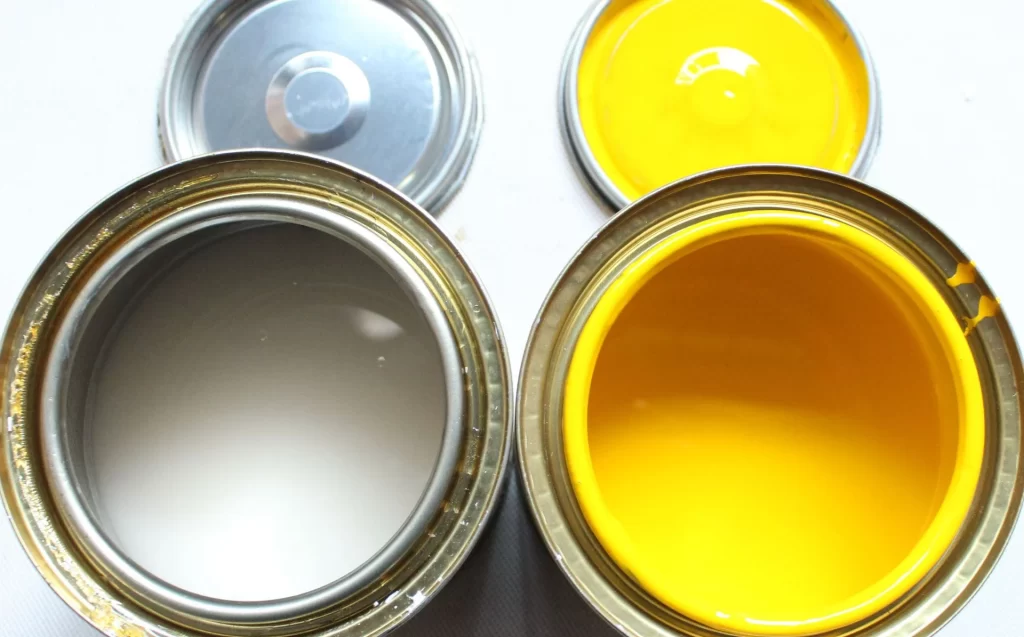
What are the major advantages of applying thermal reflective paint on buildings?
Several major advantages are listed below:
(1) Save Energy: The surface temperature of building’s exterior is lowered with the help of thermal reflective paint through the reflection of a large amount of radiation. Thus, less heat will pass through the building, thereby decreasing the use of AC. With this, electricity fees and energy consumption can be reduced. What’s more, constructions with thermal reflective paint allows the power to function more efficiently. This helps the achievement of energy certifications like LED.
(2) Indoor Comfort Enhancement: More steady and comforted indoor temps can be achieved with the support of thermal reflective paint through the minimization of heat absorption. This plays a beneficial role in constructions with no AC, where living and working places are more tolerable during heat conditions. Also, thermal reflective paint is helpful for minimizing the overall temperatures of the surroundings. For example, heat islands which are generated by the concentrated building and paved surfaces in urban areas can be decreased.
(3) Environmental-Friendly: Greenhouse gas emissions caused by the creation of electricity can be greatly lowered through the lowered consumption of energy. This allows the building to be maintained in an environmental-friendly way. Sustainable practices are aligned with the incorporation of thermal reflective paints into the design of building, which regulatory needs and environmental goals can be achieved.
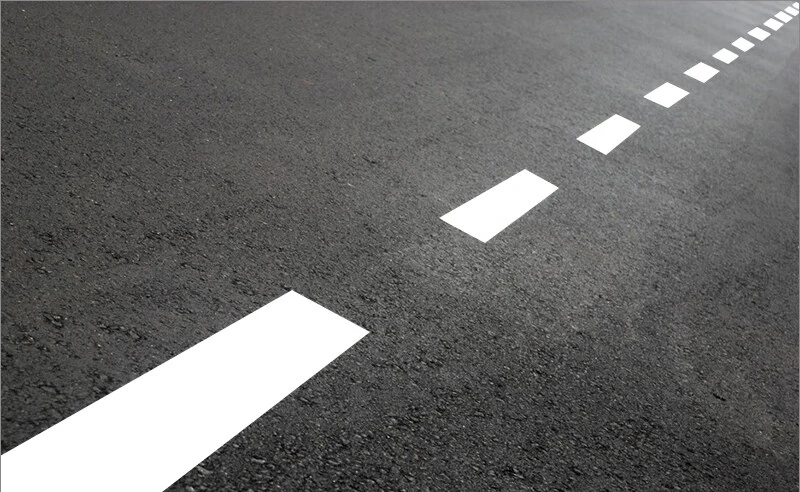
What are the types of surfaces applied with heat reflective paint?
Heat reflective paint is fit for a variety of surfaces. The key consideration lies in cleanness, dryness, and proper preparation. Here some kinds of surfaces can be chosen:
(1) Roofed materials: Heat reflective paint is universally applied on metal rooftops that are made of steel or tin to achieve the reflection of solar heat and decrease of temperatures indoor. This type of paint achieves its great effectiveness on flat roofs that are usually made of bitumen and rubber. This allows the reduction of heat build-up in urban areas.
(2) Exterior walls: Heat reflective coatings play beneficial roles in brick walls, particularly for old-fashioned buildings with limited insulation. Hear reflective paint can be coated on concrete walls, so as to allow the reflection of heat and the enhancement of energy efficiency. What’s more, also treated with the paint, wood siding, although less common, can achieve great results.
(3) Surfaces built with metal: Heat reflective paint can be used for industrial and commercial storage tanks that have exposure to sunlight to enable the further reduction of heat and the stability of temperatures indoor. What’s more, the coating of heat reflective paint to pipelines can avoid overheated issues.
Any differences between heat reflective paint and light reflecting paint?
The major differences are listed below even though “heat reflective paint” and “light reflecting paint” are applied interchangeably, sometimes.
Major Differences
- Different spectrum: IR is reflected by heat reflective paint while seeable light is reflected by light reflecting paint
- Different functions: Heat reflective paint enables the management of heat and the efficiency of energy consumption. On the contrary, the improvement of visibility, safety and decorative look can be achieved by light reflecting paint.
- Common Applications: Heat reflective paint is usually utilized for decorating the building exteriors, rooftops and surfaces. On the other hand, light reflectively paints are in widespread use for road markings, and other decorative intentions.
What a retroreflective paint refers to?
Retroreflective paint allows the light to reflect back to its source, no matter which angle at which the light reflects the surface. Because of this special property, retroreflective paint plays a highly effective role in the improvement of visibility in environments with low light or darkness. Microscopic glass beads or prismatic components embedded with the paint are both contained in retroreflective paint. This is why the paint has retroreflective properties:
Where does retroreflective paint apply?
Retroreflective paint is widely applied in devices mainly concentrated on security and the improvement of visibility. Some key applications are listed below.
- The Safety of Road and Traffic Monitor: Widely applied on traffic signs, retroreflective paint helps ensure the high visibility of driver during nights or in low-light environments. Stop or directional signs depend heavily on retroreflective elements to ensure the clear visibility when the eye sign is blocked by the headlights of cars. What’s more, road lines or other road markings are usually coated with the paint to enhance drivers’ visibility, particularly at night when harsh weathers occur. Retroreflective paint are widely used for traffic management equipment like barriers and cones to increase their visibilities to drivers, which helps lower the risk of accidents during road maintenance.
- Safety Gear and Personal Protective Equipment: Safety clothing which is worn by construction workers, policemen or cyclists often require retroreflective paint. This enables drivers and road maintenance workers to spot individuals clearly in darkness or low-light conditions.
- Accessory: Helmets or other accessories can also be applied with retroreflective paint to enable the improvement of visibility, especially in cycling and construction operation.
- Advertisement and Signage: In order to make billboards and signs seeable and readable to pedestrians, retroreflective paint is often applied. This plays a greatly useful role for outdoor advertising in places with no bright lighting. The paint is also utilized for retailers on the signs to capture the attentions after darkness.
- Art and Decoration: Sometimes retroreflective paint is applied by artists to produce setups or art pieces with which the look is shifted following different lighting environments. Take an example, you may look at an art piece differently under various angles.
8. What are the differences between reflectorized paint and standard paint?
Also named retroreflective or reflective paint, reflectorized paint is different from standard paint in various ways, which is mainly relevant to the elements, functions and uses. Some differences are shown below:
Composition
- Reflectorized Paint: Microscopic glass beads or prismatic components that are embedded with the paint are often applied. Working as the key elements, the beads or prisms make the paint to reflect light back to its source, which is also known as retroreflection.
- Standard Paint: Pigments, binders, and solvents are usually contained within standard paint. However, the paint doesn’t include the special reflective elements discovered in reflectorized paint. It is built mainly for aesthetic uses, which offers color and finish to finishes with no light reflection.
Function
- Reflectorized Paint: The main function is to enable the improvement of visibility through the reflection of light that goes back to the source, which allows the items or surfaces to be seen clearly in low-light environments. This is highly useful for safety uses, such as road markings or security gear.
- Standard Paint: With the main functions of generating color, protecting surfaces, and enhancing the objects or buildings’ look, standard paint doesn’t have the capability to allow the light to reflect back to its source.
Uses
- Reflectorized Paint: Commonly used in road markings, traffic signs, safety gear, or other safety-relevant items, reflectorized paint is applied in artworks and decorations as well, where reflective elements are required.
- Standard Paint: This paint is applied for a variety of uses like walls, furniture, other items where the main purposes are for improving aesthetics and durability rather than visibility.
How long is the lifespan of heat reflective paint?
Relying on multiple aspects, the effectiveness of heat reflective paint generally lasts between 5 to 15 years. These aspects contain the paint quality, the applied surface, environmental factors, and the degree of maintenance. Here are some factors that may affect the longevity of heat reflective paint:
a. Paint Quality: Built with durable elements that make the reflective properties last longer, high-end heat reactive paints usually have effectiveness warranties which ensure the lifespan of about 10 to 15 years. However, inexpensive or low-end heat reflective paints may fade faster, and with a longevity of about 5 to 7 years before the effectiveness begins to disappear.
b. Surface Preparation and Use: The paint surface should be clean and properly primed before the application of paint, which enables the extension of the longevity. Also, correct application is essential to ensure the durability of heat reflective paint. The proper application contains the right number of coats and sufficient time of drying.
c. Environmental Factors: The longevity will be expanded to about 10 to 15 years if the paint is stored in conditions with moderate temperatures and fewer exposure to harsh weather conditions. The quick degradation may occur if the paint is put in places with extreme temperatures, strong UV rays or other harsh climates.
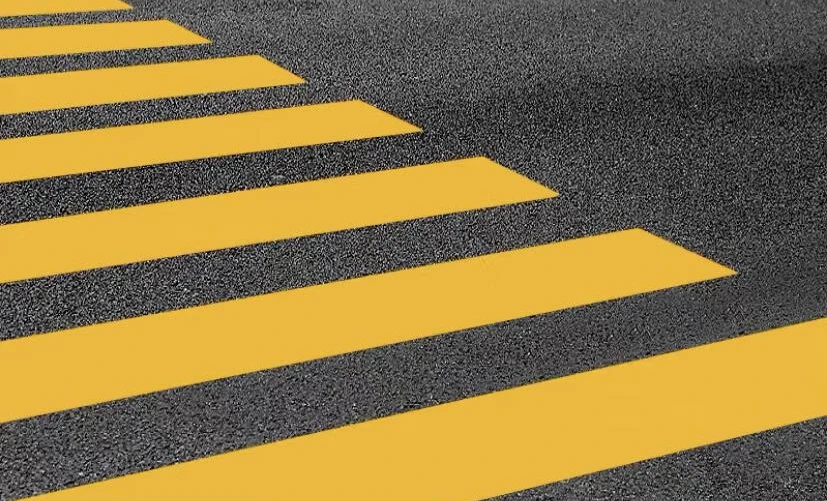
Is retroreflective paint environmental-friendly?
Retroreflective paint can be environmental-protected relying on some factor, to some degree.
a. Materials Applied: The construction materials of paint are microscopic glass beads or prismatic elements which are typically non-toxic and safe to environment. The binders and solvents applied has environmental friendliness. Also, some binders are water-based that are typically more eco-kindly.
b. Energy Efficiency and Environmental Influence: Through the enhancement of visibility, energy consumption can be reduced by using retroreflective paint and the demand for extra lighting is decreased in some uses like road marking. Through the improvement of visibility in low-light environments, road safety can be improved with the paint. This results in accidental risks and relevant environmental costs.
c. Durability and Lifespan: Manufactured with durable and lasted materials, retroreflective paint enables the reduction of the frequency of reapplication. The environmental influence can be lowered through the minimization of resources and energy needed for producing as time goes by. The longevity of the paint can be lengthened, which further reduce the carbon footprint, through the periodical maintenance of surfaced treated with the paint.
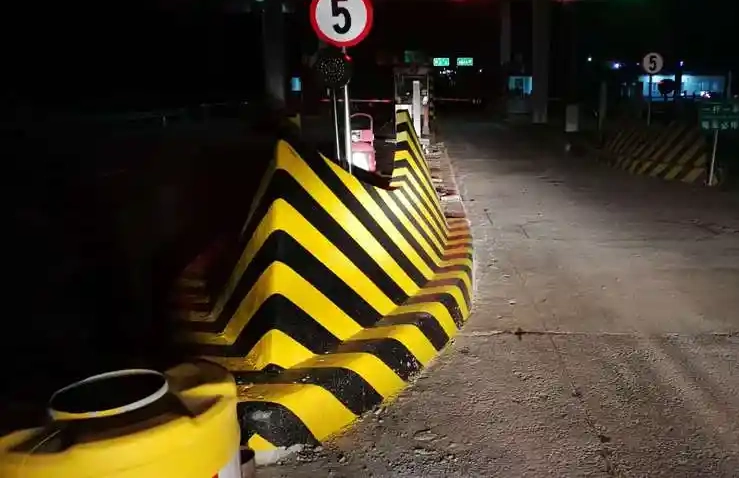
How can thermal reflective paint be applied?
Thermal reflective paint can be utilized in multiple ways, relying on the size of surface and project:
- Surface Preparation: Dirt, dust and any flaking materials must be removed thoroughly. Power washing or the use of a wire brush may be used, relying on the paint surfaces.
- Repairing: The surface should be inspected for any cracks or holes. Appropriate materials should be used to repair damage and ensure the full drying before next step.
- The Selection of Right Tools: A roller can be applied for thermal reflective paint, especially on large and flat surfaces like walls. What’s more, a brush enables the cut of edges and corners, and can be applied for some narrow spaces where a roller cannot touch.
Related Reading




4 thoughts on “Reflective Paint: 12 Frequently Asked Questions”
I just lie the helpful info you supply too your articles.
I’ll bookmark your blog and take a look at again here regularly.
I am fairly sure I will be informed plenry of neew stuff proper here!
Best of lluck for thhe following!
I enjoy your writing style truly enjoying this website .
Hi there, i read your blog from time to tikme and i own a similar one and i was just curious if youu get a
lott of spam comments? If so how do you stop it,
any plugin or anything you can advise? I get so much lately it’s driving me insane
so any help iis very much appreciated.
Hi, We also receive a lot of spam comments, and there’s no good solution; we have to block them manually ourselves.